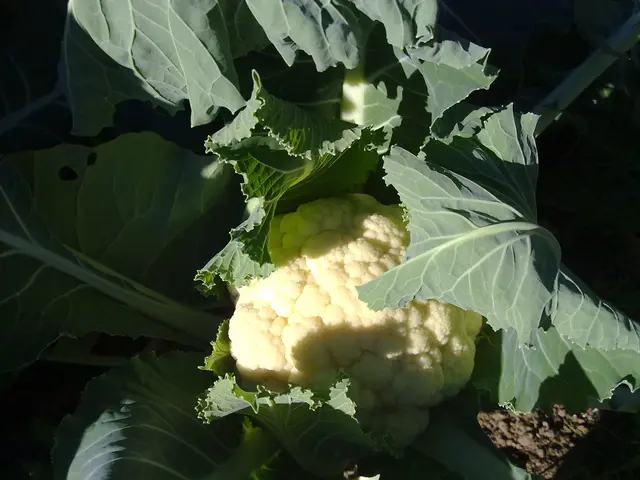Severe Rosacea Outburst: Understanding Triggers, Signs, and Remedies
Rosacea Fulminans: A Severely Inflamed Skin Condition
Rosacea fulminans, often dubbed pyoderma faciale, is a rare, abrupt, and intense inflammatory skin disorder primarily striking the central part of the face - the chin, cheeks, and nose. Characterized by painful, swollen, merged nodules and pimples, this condition differentiates itself from regular rosacea or acne due to its severity and rapid appearance.
Females of childbearing age are predominantly impacted, yet the true cause behind rosacea fulminans eludes us. Nevertheless, a 2020 review suggests links with inflammatory bowel disease and pregnancy, as well as a higher likelihood in individuals who have faced some form of rosacea before.
Stress, hormonal shifts, and certain medications are suspected triggers for this condition. Notably, a 2021 literature review hints at dietary factors that could potentially instigate or exacerbate rosacea symptoms. Although it's crucial to note that this evidence doesn't apply exclusively to rosacea fulminans, it offers valuable insights.
Common dietary triggers include spicy foods, alcohol, cinnamaldehyde-containing foods like chocolate, tomatoes, and citrus fruits, histamine-rich foods and beverages such as wine, aged cheese, and processed meats, hot drinks, and caffeine. However, it's essential to understand that these triggers can vary significantly among individuals. Consequently, healthcare professionals generally don't recommend dietary recommendations for all rosacea patients.
Symptoms primarily affect the forehead, nose, cheeks, and chin. These may include sudden redness, swelling, inflammation, flushing, stinging, burning, and the formation of painful pustules, papules, and nodules. Occasionally, some may experience ocular symptoms like dry, burning, or itching eyes and light sensitivity. Systemic symptoms like fever and fatigue are uncommon.
Treatment options include oral isotretinoin, prescription acne medication, and corticosteroids, applied orally or topically. In a 2016 case study, a combination of antibiotics, corticosteroids, and lifestyle changes was effective in alleviating symptoms.
Since certain factors can trigger or worsen rosacea, managing stress through practices like mindfulness meditation, deep breathing exercises, regular exercise, and journaling may prove beneficial. Dietary modifications, such as reducing alcohol, and utilizing gentle skin care products on the face are also recommended. These lifestyle changes, in conjunction with medical treatments, may significantly improve symptom management and quality of life.
If you experience symptoms beyond typical rosacea or acne, like large, tender nodules, abscesses, or substantial facial discomfort, consult a dermatologist or another healthcare professional promptly. Through early diagnosis and treatment, you can effectively manage your symptoms, minimize the risk of complications like scarring and infections, and improve overall quality of life.
- Rosacea fulminans, a severe skin condition, is characterized by painful, swollen, merged nodules and pimples on the central face, and may be linked to inflammatory bowel disease, pregnancy, and a history of rosacea.
- Triggers for rosacea fulminans are suspected to be stress, hormonal shifts, certain medications, and dietary factors such as spicy foods, alcohol, cinnamaldehyde-containing foods, histamine-rich foods, hot drinks, and caffeine.
- Symptoms of rosacea fulminans include sudden redness, swelling, inflammation, flushing, stinging, burning, the formation of painful pustules, papules, and nodules, and occasional ocular symptoms like dry, burning, or itching eyes and light sensitivity.
- Management of rosacea fulminans may involve oral isotretinoin, prescription acne medication, corticosteroids, and lifestyle changes such as managing stress through mindfulness meditation, deep breathing exercises, regular exercise, journaling, dietary modifications (like reducing alcohol), and using gentle skin care products.








